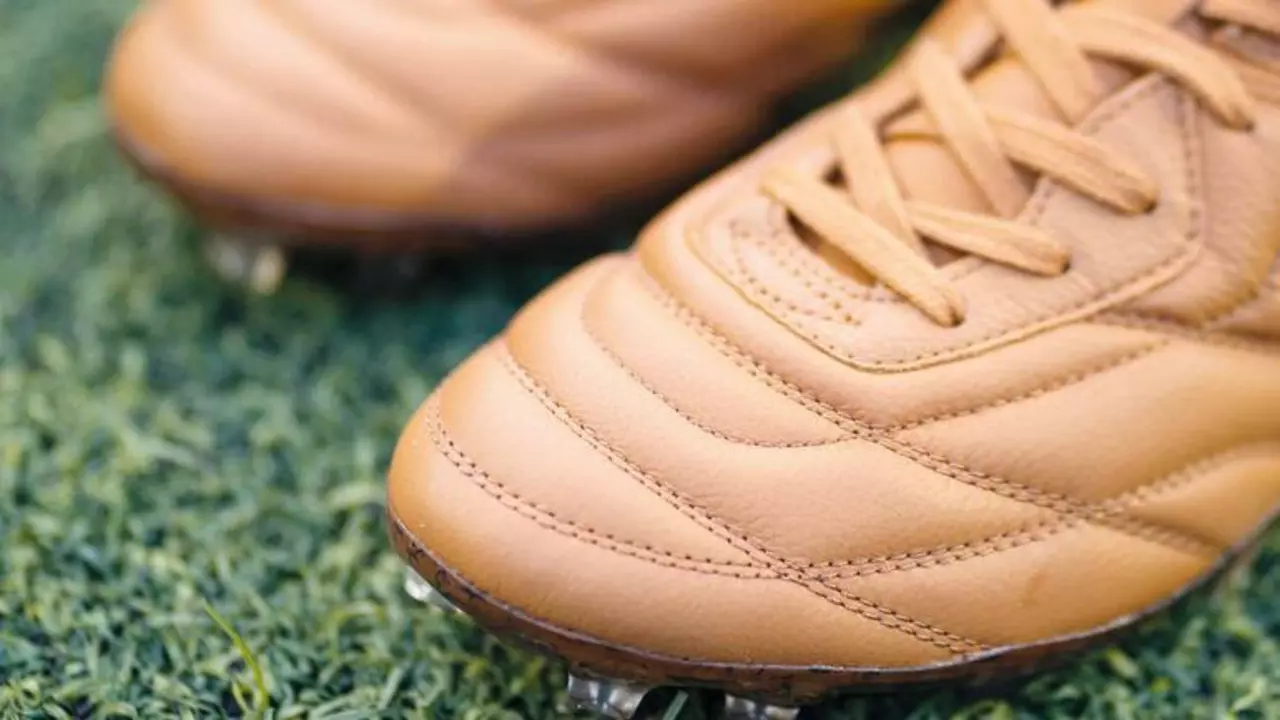Introduction to Basketball and Soccer Balls
As a sports enthusiast, I often find myself wondering about the versatility of different sports equipment. One question that has crossed my mind is whether or not it's possible to play basketball with a soccer ball. In this article, we will explore the idea of using a soccer ball for basketball and discuss the factors that may impact the game. We'll delve into the design and materials used for both balls, the differences in weight and size, and the impact on dribbling and shooting techniques.
Design and Materials: Basketball vs. Soccer Ball
When it comes to design and materials, basketballs and soccer balls have some similarities, as well as some key differences. Both types of balls have a spherical shape and are made from synthetic materials like rubber, leather or composite materials. However, basketballs have a rough, pebbled surface designed to provide better grip, while soccer balls have a smoother surface with various patterns for improved aerodynamics.
The materials used in the manufacturing of basketballs and soccer balls also differ. Basketballs are typically made with a rubber or leather cover, a butyl rubber bladder, and nylon or polyester winding. Soccer balls, on the other hand, are constructed with a polyurethane or PVC cover, a butyl or latex bladder, and polyester or cotton stitching. These differences in materials impact the overall feel and performance of the balls on the court or field.
Weight and Size: Comparing the Two Balls
The weight and size of a basketball and a soccer ball are noticeably different. A standard basketball size for men is 29.5 inches in circumference, while a standard soccer ball has a circumference of 27-28 inches. This means that a basketball is slightly larger than a soccer ball.
When it comes to weight, a basketball is heavier than a soccer ball. A basketball typically weighs between 20-22 ounces, while a soccer ball weighs approximately 14-16 ounces. This difference in weight can have a significant impact on the way the ball behaves when dribbling, passing, and shooting in a basketball game.
Dribbling Techniques: Adapting to a Soccer Ball
One of the most important skills in basketball is dribbling, which involves bouncing the ball off the ground and maintaining control while moving around the court. The weight and surface texture of a basketball make it easier to dribble and control. A soccer ball, with its lighter weight and smoother surface, requires a different approach to maintain control.
When using a soccer ball for basketball, you may find that it bounces higher and faster, making it more challenging to control. Additionally, the smoother surface may cause the ball to slip from your hands more easily. To adapt to these differences, you'll need to adjust your dribbling technique, using softer touches and maintaining a lower center of gravity to keep the ball under control.
Shooting Techniques: Scoring with a Soccer Ball
Shooting in basketball involves aiming for the hoop and applying the right amount of force and trajectory to score points. The weight, size, and texture of a basketball are designed for optimal shooting performance. A soccer ball, however, presents some challenges when it comes to shooting.
Due to its lighter weight, a soccer ball may be more difficult to shoot accurately and with the appropriate amount of force. Additionally, the smooth surface may affect the grip and release of the ball, leading to less control during the shooting motion. To compensate for these differences, you may need to adjust your shooting technique, focusing on a higher release point and more wrist action to generate the necessary force and control.
Playing Defense with a Soccer Ball
Playing defense in basketball involves guarding your opponent and attempting to block or steal the ball. The unique characteristics of a soccer ball may make this aspect of the game more challenging. For example, the lighter weight and higher bounce of a soccer ball may make it more difficult to intercept passes or block shots.
To adapt to these differences, you'll need to adjust your defensive techniques, such as maintaining a lower stance to be ready for the ball's higher bounce and using quicker reflexes to react to the ball's faster movements. Additionally, the smoother surface of the soccer ball may make it easier for opponents to slip past you, so improving your lateral quickness and agility is essential.
The Verdict: Can You Play Basketball with a Soccer Ball?
After examining the various factors that impact basketball gameplay with a soccer ball, it's clear that it is possible to play basketball with a soccer ball, but it presents some unique challenges. The differences in weight, size, and surface texture require adjustments to dribbling, shooting, and defensive techniques to maintain control and accuracy.
While it may be a fun and interesting way to mix up your usual basketball game, using a soccer ball for basketball is not ideal for competitive play or skill development. However, it could be an entertaining way to challenge yourself and improve your adaptability on the court.




